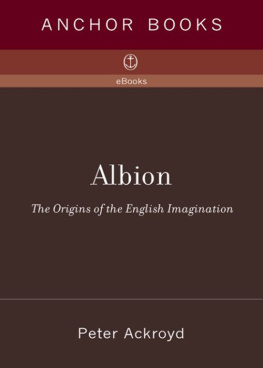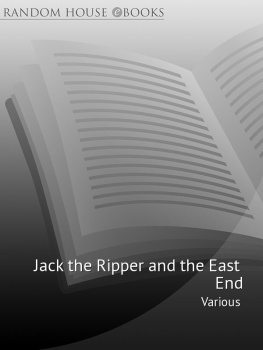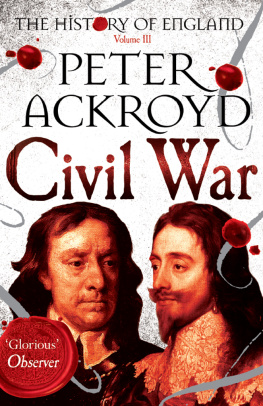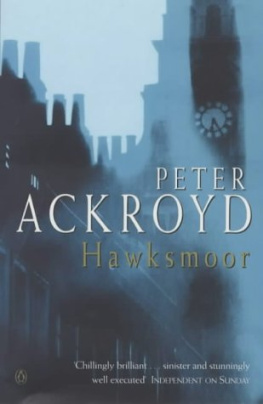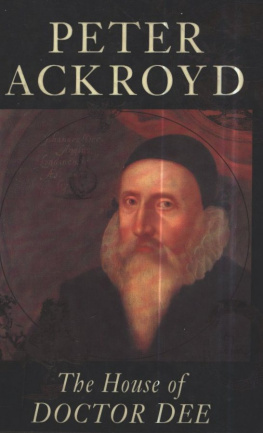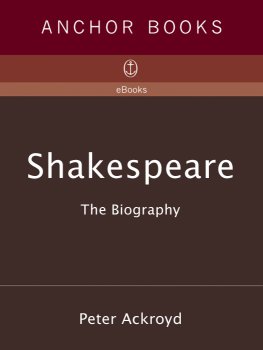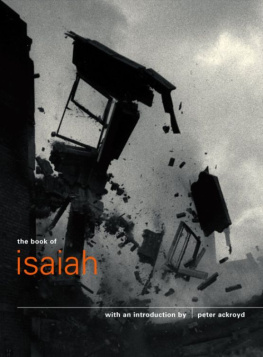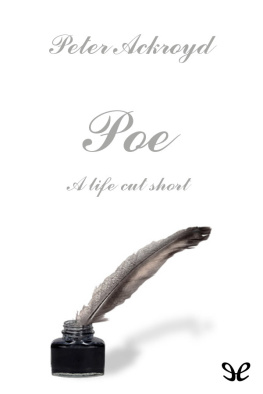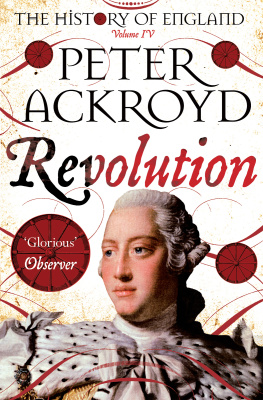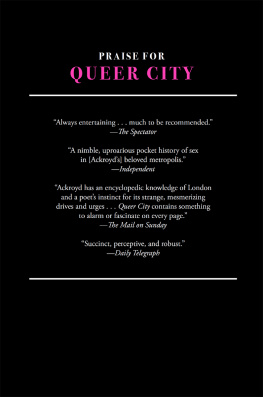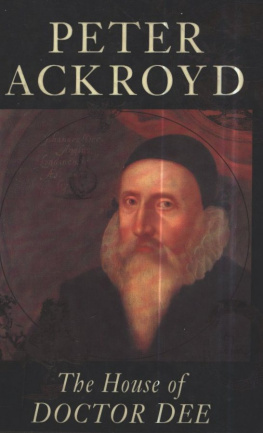
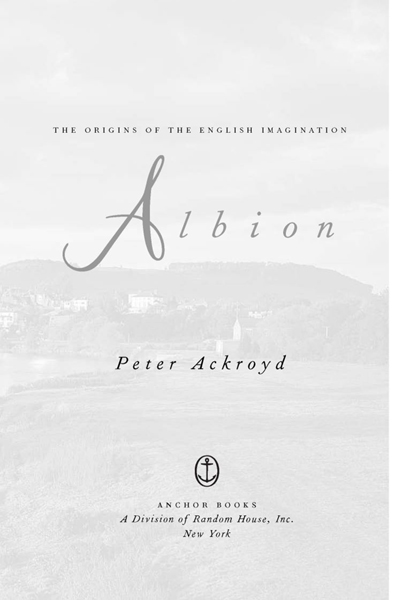
Table of Contents
For Murrough OBrien

Illustrations

Trees V: Spreading Branches, 1979, by Henry Moore (Tate, London 2002)
Twelfth-century spiral markings, church of St. Laurence Pittington, County Durham (Peter Burton and Harland Walshaw)
Ornamental page with the beginning of the Gospel according to John, from the Lindisfarne Gospels (AKG/British Library)
Photograph of Charles Dickens dreaming, 1861, by John and Charles Watkins (National Portrait Gallery, London)
Stone portrait of John Donne in his shroud, St. Pauls Cathedral, London (London UK/Bridgeman Art Library)
Ornamental page with monogram from the Lindisfarne Gospels (AKG/British Library)
Sir Bedivere throws the sword Excalibur into the water. Manuscript illumination, early fourteenth century (AKG/British Library)
Arthur, Prince of Wales, eldest son of Henry VII (National Portrait Gallery, London, loan, courtesy of private collection)
Queen Victoria and Prince Albert dressed as Queen Guinevere and King Arthur, at the Bal Costum of 12 May 1842, by Edwin Landseer (from the Royal Collection by gracious permission of Her Majesty the Queen)
Figure of Guinevere, circa 1858, by William Morris (Tate, London 2002)
Guenever: illustration to the Arthurian legend, by David Jones (Tate, London 2002)
Babooneries: photographs by Peter Burton/Harland Walshaw and a selection of details from the Luttrell Psalter, c. 1340 (AKG/British Library)
The Chapter House of Wells Cathedral (Peter Burton and Harland Walshaw)
Sir Jeffery Chaucer and the Nine and Twenty Pilgrims on their Journey to Canterbury, by William Blake, detail (Glasgow Museums, Stirling Maxwell Collection)
Longways Dance by Thomas Rowlandson (Tate, London 2002)
Thomas Tallis and William Byrd (Lebrecht Music Collection)
Mary Herbert, Countess of Pembroke, by Nicholas Hilliard (National Portrait Gallery, London)
Edmund Spenser, engraving by George Vertue, 1727 (National Portrait Gallery, London)
William Shakespeare, seventeenth-century engraving by Martin Droeshout (National Portrait Gallery, London)
Britannia: frontispiece illustration to William Camdens Britannia, 1600, by John Stow (Guildhall Library, Corporation of London)
The Pillars of Hercules, title page of Francis Bacons Instauratio Magna, 1620 (The British Museum, London)
English clowns: Richard Tarlton and Will Kemp
Title page to the Bible translated into English, 1539 (Fotomas)
A Harlots Progress, plate two, 1732, etching and engraving by William Hogarth (The Trustees of the Weston Park Foundation, UK/Bridgeman Art Library)
Henry Fielding, engraving after William Hogarth, c. 1762 (National Portrait Gallery, London)
Bust of Sir Christopher Wren by Edward Pierce, c. 1673 (Ashmolean Museum, Oxford)
Silhouette of Jane Austen (National Portrait Gallery, London)
The Spanish Tragedy by Thomas Kyd, woodcut dating from 1615
Thomas Hobbes, engraving by Wenceslaus Hollar, after J. B. Caspar
The Royal Observatory at Greenwich, 1675 (Greenwich Local History Library, London)
Sketch of Miss Gertrude Jekyll with sunflower, doodle by Sir Edwin Lutyens (RIBA)
Title page of William Byrd s Psalmes, Sonnets, and Songs of Sadness and Piety, 1588 (Lebrecht Music Collection)
COLOUR PLATE SECTIONS
Carpet pattern, from the Lindisfarne Gospels, c. 698700 (AKG/British Library)
King David with Musicians, Anglo-Saxon illuminated manuscript of the eighth century (AKG/British Library)
Shoulder clasp from the Sutton Hoo ship burial, Anglo-Saxon, c. 62530 A.D. (gold, garnet and millefiori glass) (British Museum, London UK/Bridgeman Art Library)
King Edgar between the Virgin Mary and St. Peter Dedicates the Charter Christus, Anglo-Saxon illuminated manuscript, c. 966 (AKG/British Library)
Driven by the Spirit into Wilderness: panel from the Christ in the Wilderness series, 1939, by Stanley Spencer (18911959) (Stanley Spencer Gallery, Cookham, Berkshire, UK/Bridgeman Art Library, Copyright Estate of Stanley Spencer 2002. All Rights Reserved, DACS)
And hast thou slain the Jabberwock?, illustration by Sir John Tenniel for Through the Looking-Glass by Lewis Carroll (Copyright 1911 Macmillan Publishers Limited. Illustrations colored by Harry Theaker and Diz Wallis)
Sir Ian McKellen in the 2001 film of Tolkiens Lord of the Rings ( Lordof theRings: Fellowship of the Ring, New Line/Saul Zaentz/Wing Nut. Courtesy Kobal)
Event on the Downs, c. 1934, by Paul Nash (18891946) (Old Admiralty Building, Whitehall, London UK/Bridgeman Art Library)
Seascape Study with Rainclouds by John Constable (17761837) (Royal Academy Photographic Archive)
Durham Cathedral, the nave, c. 1093 (London/Bridgeman Art Library)
The Wilton Diptych, portable altarpiece for the private devotion of Richard II, c. 139599 (National Gallery, London)
The Canterbury Tales: illuminated initial, with a portrait of Geoffrey Chaucer holding a book, c. 1400 (AKG/British Library)
St. Leonard with crozier and manacles, St. Agnes or St. Catherine with sword and book. Two saints, from a screen in St. Johns Maddermarket, Norwich, mid-fifteenth century (V & A Picture Library)
Miniature by Nicholas Hilliard: Queen Elizabeth I, 1572 (National Portrait Gallery, London)
The Fairy Fellers Master-Stroke by Richard Dadd, unfinished in 1864 (Tate, London 2002)
A Hilly Scene by Samuel Palmer, c. 182628 (Tate, London 2002)
Daniel Delivered out of Many Waters by William Blake, c. 1805 (Tate, London 2002)
Sir Galahad, Sir Bors and Sir Percival by Dante Gabriel Rossetti, 1864 (Tate, London 2002)
Gawain, production at the Royal Opera House, Covent Garden. Music by Harrison Birtwistle, libretto by David Harsent, based on the story of Sir Gawain and the Green Knight (Clive Barda/Performing Arts Library)
John Milton, c. 1629, artist unknown (National Portrait Gallery, London)
Edward Gibbon by Henry Walton (National Portrait Gallery, London)
Mrs. Gaskell, 1851, by George Richmond (National Portrait Gallery, London)
Ralph Vaughan Williams, 195861, by Sir Gerald Kelly (National Portrait Gallery, London)
Self-Portrait by William Hogarth, c. 1757 (National Portrait Gallery, London)
The Shrimp Girl by William Hogarth (National Gallery, London)
Samuel Johnson by Sir Joshua Reynolds, 175657 (National Portrait Gallery, London)
Kemble as Hamlet, 1801, painted by Sir Thomas Lawrence (Tate, London 2002)
No reasonable offer refused: Widow Twankey (V & A Picture Library)
Front cover of the music score for The Doctor sung by Dan Leno (colour litho) by H. G. Banks (nineteenth century) (Private collection/ Bridgeman Art Library)
Mr. and Mrs. Andrews by Thomas Gainsborough (National Gallery, London)
Mr. B Finds Pamela Writing, illustration from Richardsons Pamela by Joseph Highmore (16921780) (V & A Museum, London UK/ Bridgeman Art Library)
Pegwell Bay, Kent, A Recollection of October 5th 1858 by William Dyce (Tate, London 2002)
Margate from the Sea by J. M. W. Turner (National Gallery, London)
Next page
